Caravaggio’s Eden: Why following in the footsteps of the artist is the ideal way to explore Rome
Mark Hedges dons his best walking shoes for a Caravaggio-themed walking tour of the Eternal City.
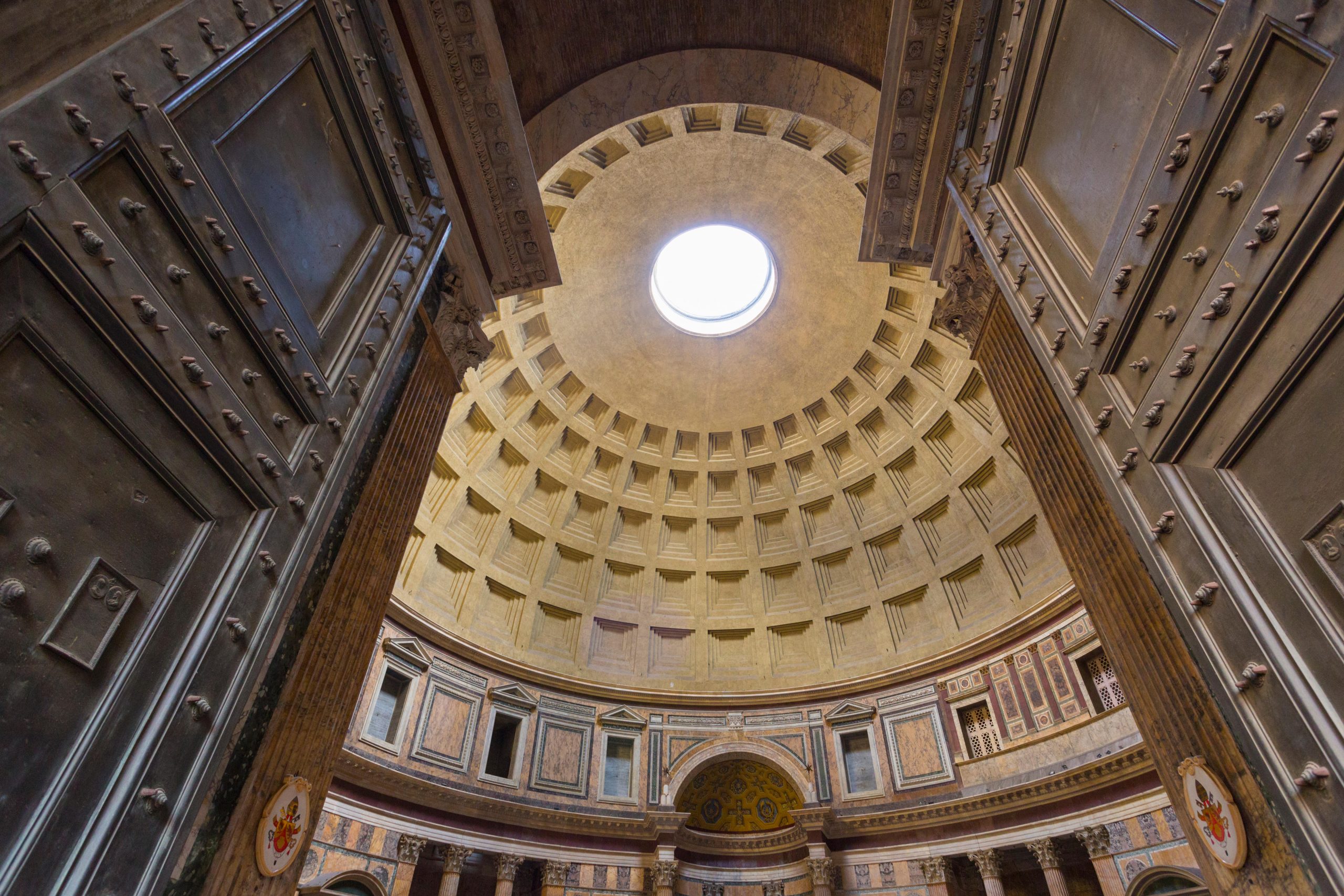

Rome is impossible. Too much; too beautiful; too outstanding. I have yet to walk into the Pantheon (above) and not be astonished at its beauty. Go early or late to avoid the queues; it is a great place to visit on a rainy day as the precipitation falls though the oculus and onto the floor. Even Byron struggled to make sense of the building: ‘Simple, erect, severe, austere, sublime.’
Constructed during the reign of Augustus, it was rebuilt by Hadrian in about AD126. It is one of the best preserved of all Ancient Roman buildings — thanks to it being converted into a Christian church by Pope Boniface IV. It is my favourite building in Italy and I would never visit Rome without stepping inside. However, the best way to make the most of Rome, a city impossibly crammed with riches, is not to try and do it all.
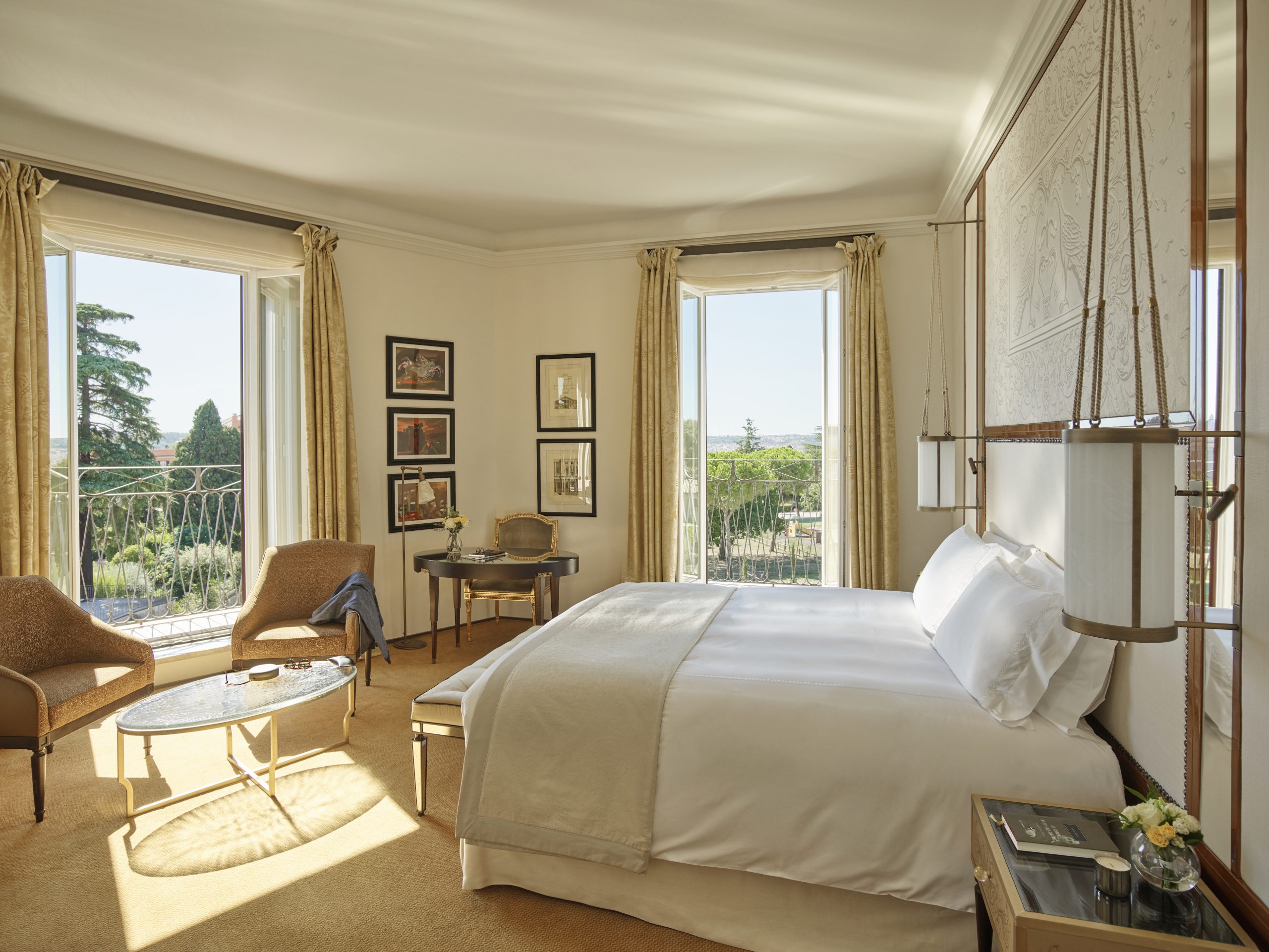
My wife, Rachel, and I went to Rome last month; it was her first visit. We stayed at the Hotel Eden (above), set just below the Borghese Gardens, ringed by gardens and with views across the city. It was delightful, rich in marble and gold and carpets inspired by the Roman mosaics that would have surely once have been found here. The food was excellent: the rooftop restaurant is Michelin starred. I tried the stuffed courgette flowers, which have been on the menu every day for the past 27 years. Arrive shortly before sunset to watch the light slip slowly away behind the dome of St Peter’s.
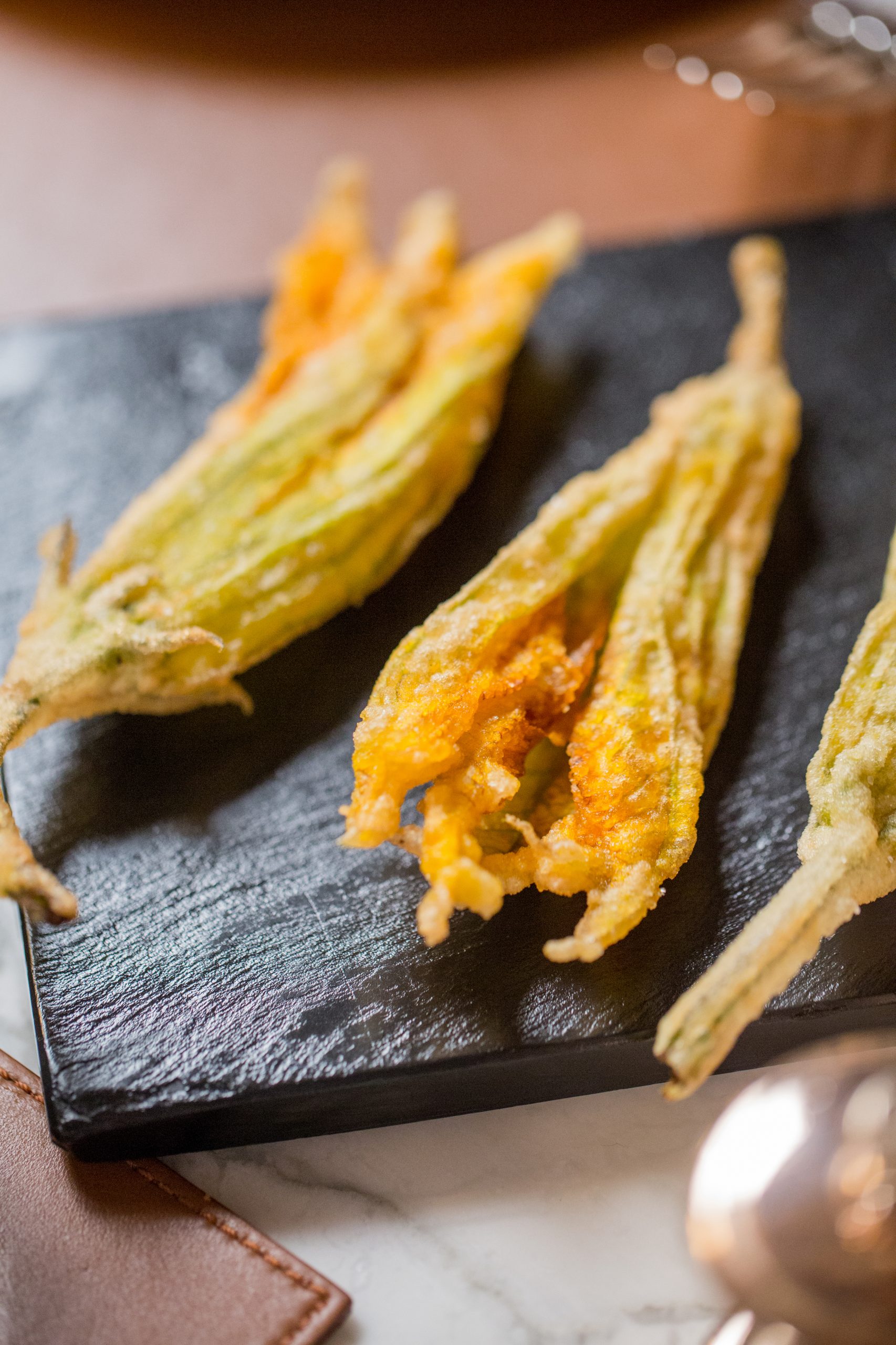
Our purpose in the Eternal City was the hotel’s new Caravaggio-themed, guided walking tour — a clever idea inspired by the 2022 release of Caravaggio’s Shadow, an Italian-language film that explores the Catholic Church’s secret investigation into the problematic artist. The hotel has a long history in celebrating the Arts: its frequent Piccolo Cinema Eden nights celebrate some of Italy’s best-known films and many a local artist has been invited to take up the position of Artist-in-Residence.
There are about 60 paintings in existence by the 16th-century man and 20 of them are in Rome. Our guide led us from the hotel, down the Spanish Steps and into the tiny streets that would have been familiar to Caravaggio — or Michelangelo Merisi as he was also known — once he had moved from his birthplace near Milan to Rome. He lived for most of the time in an area of tavernas and brothels (including one on Via della Lupa), which suited his character. He once threw a plate of artichokes over a waiter during one of his many arguments. This seemed a shame, as the Romans hold the meaty globe, stuffed with garlic and wild mint, in high regard.
We avoided smart restaurants for highly recommended family-run tavernas, such as Girarrosto Fiorentino and Hostaria da Pietro and feasted on pasta with porcini and plates of lamb cutlets with artichokes. The quality and passion of the waiters put many a British restaurant to shame. In the shopping area below the Spanish Steps, we were enchanted by La Buvette, a great place for coffee and lunch.
Hot-tempered Caravaggio was proud of the sword he carried by his side: swords and other lethal weapons are prominent in plenty of his paintings (notably, naked women are not, prompting rumours about his sexuality that have pervaded for centuries). This was his undoing when, after yet another argument, he stabbed — possibly unintentionally — and killed a man, which caused him to flee to Naples.
Sign up for the Country Life Newsletter
Exquisite houses, the beauty of Nature, and how to get the most from your life, straight to your inbox.
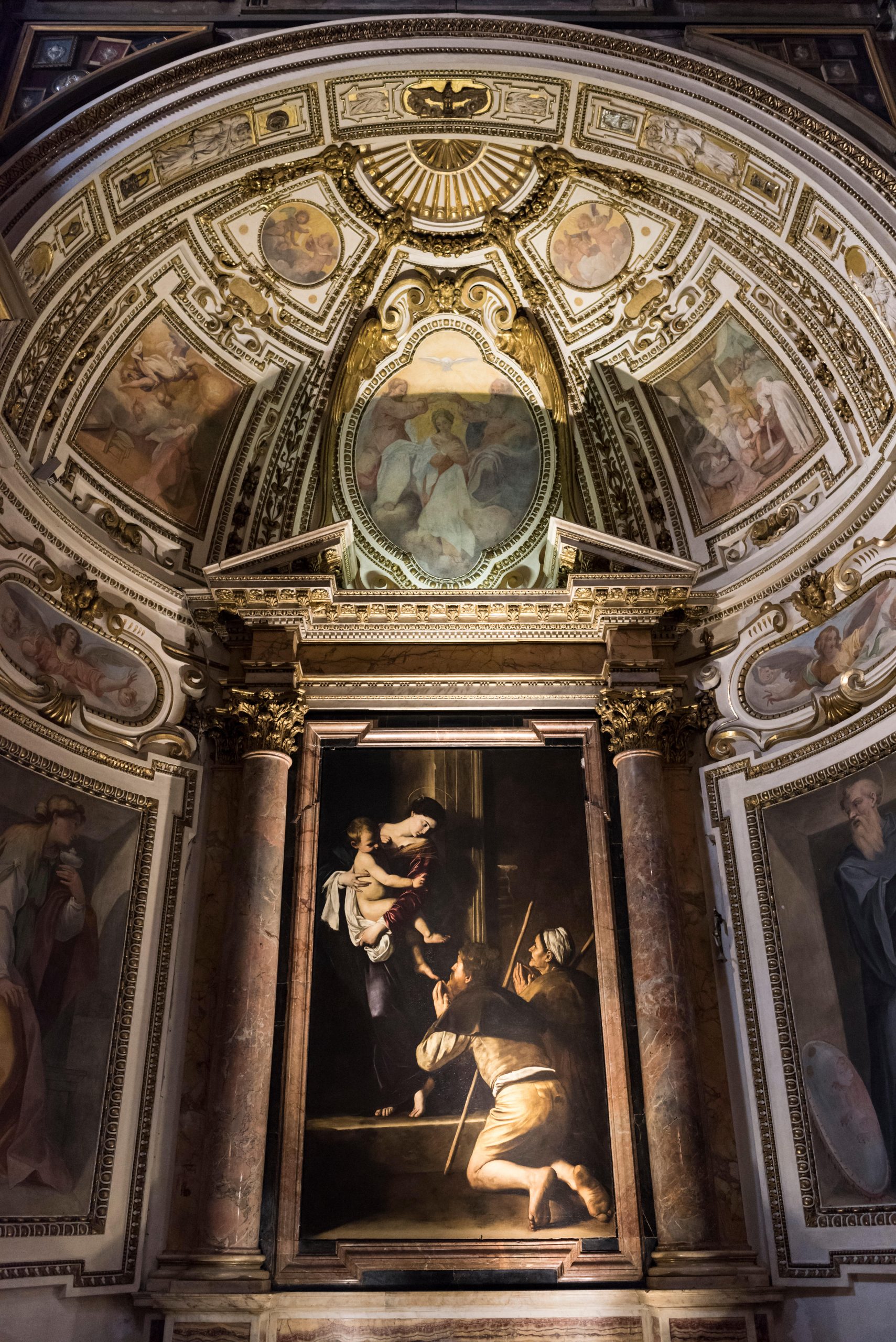
We saw the tiny apartment where he painted a number of his pictures after persuading his landlady to remove the roof above his room to let more light in. He was eventually evicted from the property on Vicolo del Divino Amore (Divine Love Lane; Via San Biagio in Caravaggio’s own time) for owing more than four months in rent. His response — to pelt his landlady’s windows with stones — didn’t do much for his case. Close by, Via della Pallacorda is the site of his crime. The long sword fight, which ultimately ended in his adversary’s death, supposedly started over a game of tennis.
Caravaggio’s dramatic use of light and shadow was a formative influence on Baroque painting as was his acute realism — physical and emotional — although that sometimes got him into trouble. The first painting we saw was The Madonna of Loreto (or Pilgrim’s Madonna, 1605–06) in the Cavalletti Chapel of the Church of Sant’Agostino a couple of streets from his open-topped studio. In the painting, his muse as Madonna is a high-ranking prostitute, standing at the entrance to a shabby home holding the infant Christ. The Madonna’s fingernails are dirty. The pilgrims, his patrons, are members of the Cavalletti family, painted with filthy feet. The work caused an uproar at its unveiling.
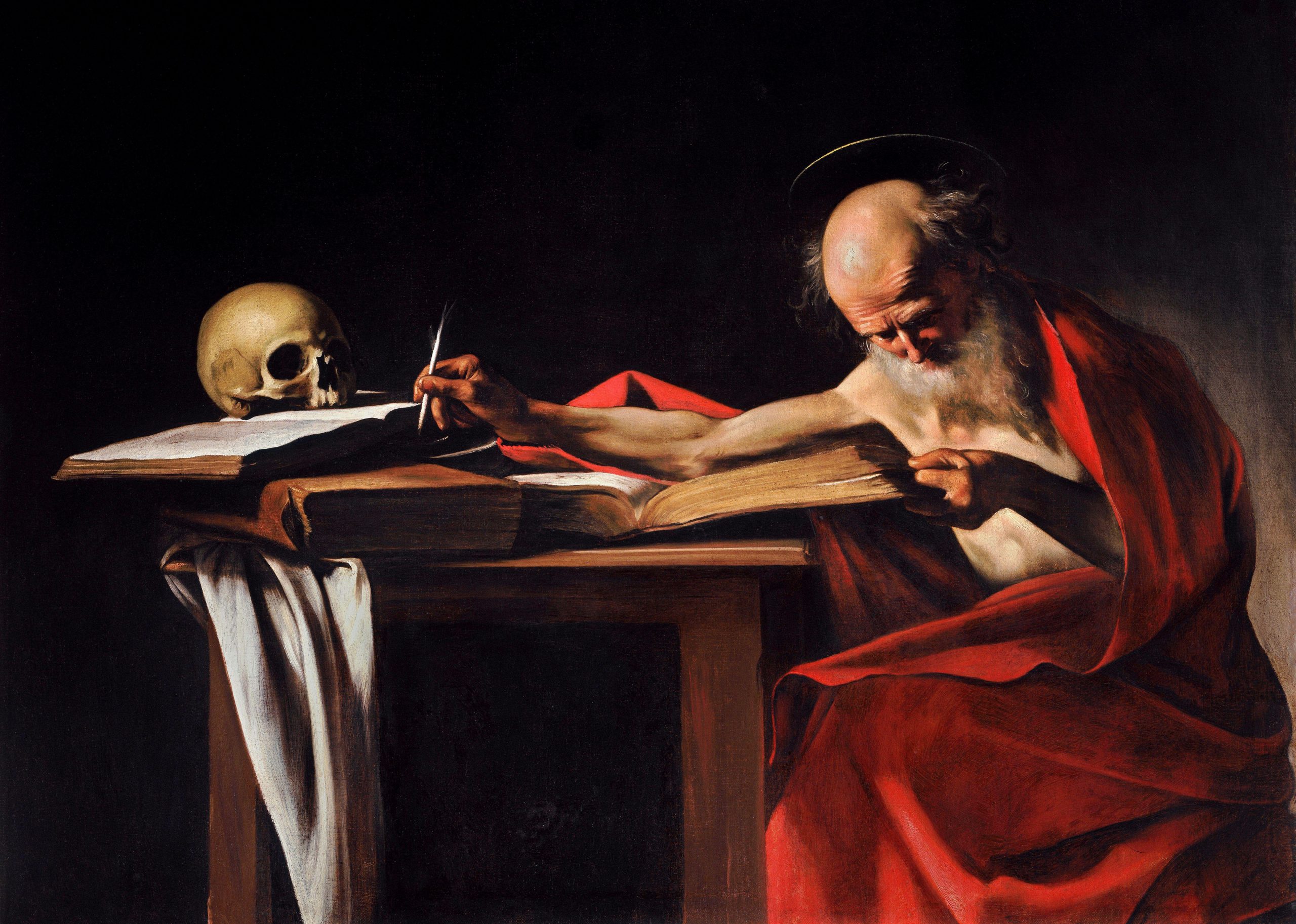
Afterwards, we headed for San Luigi dei Francesi, where there are three paintings of Matthew the Apostle. Unfortunately, it was unexpectedly shut, but we popped back later and arranged with the hotel’s concierge to visit the Borghese where a room is dedicated to his art. It is one of the greatest small galleries in the world — and would be a worthy addition to any tour — usurping The Frick in New York, US, for my artistic affections. Here, there are seven paintings by the maestro, including St Jerome Writing (1605–06).
It is astonishing that Caravaggio, a man who loved to brawl and was many times in trouble with the police, could paint as nobody else has done before or since. A man, some say, born before his time.
Focusing on Carvaggio alone took us all over Rome—we didn’t see everything, we neither visited the Roman Forum nor the Vatican, but we came away with so much more than if we had tried to do it all.
Hotel Eden’s ‘Caravaggio—Rebel and Rome’ package from €1,070 (about £920), for two people sharing a Prestige Rome or Suite. The price includes breakfast and a two-hour guided tour with an expert

